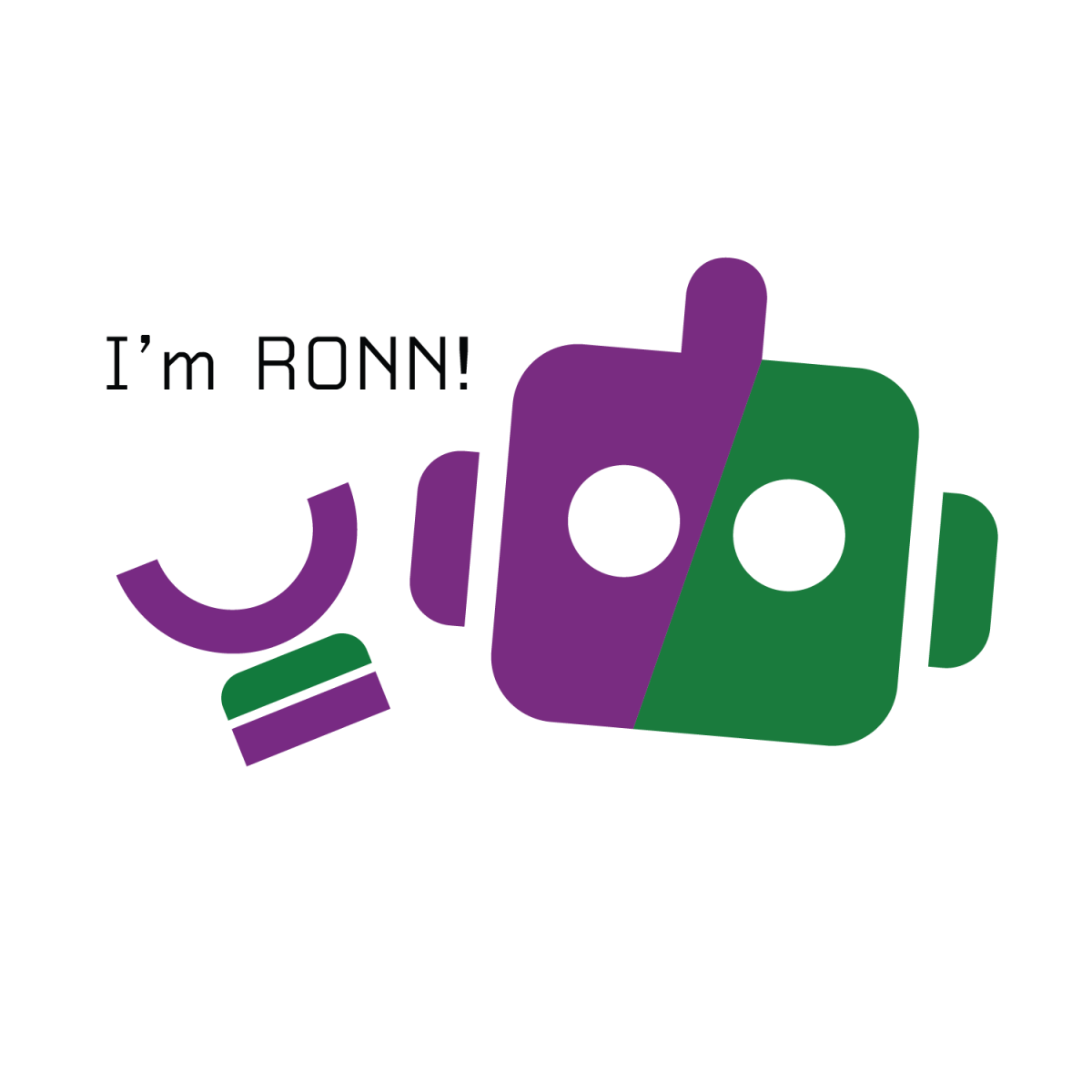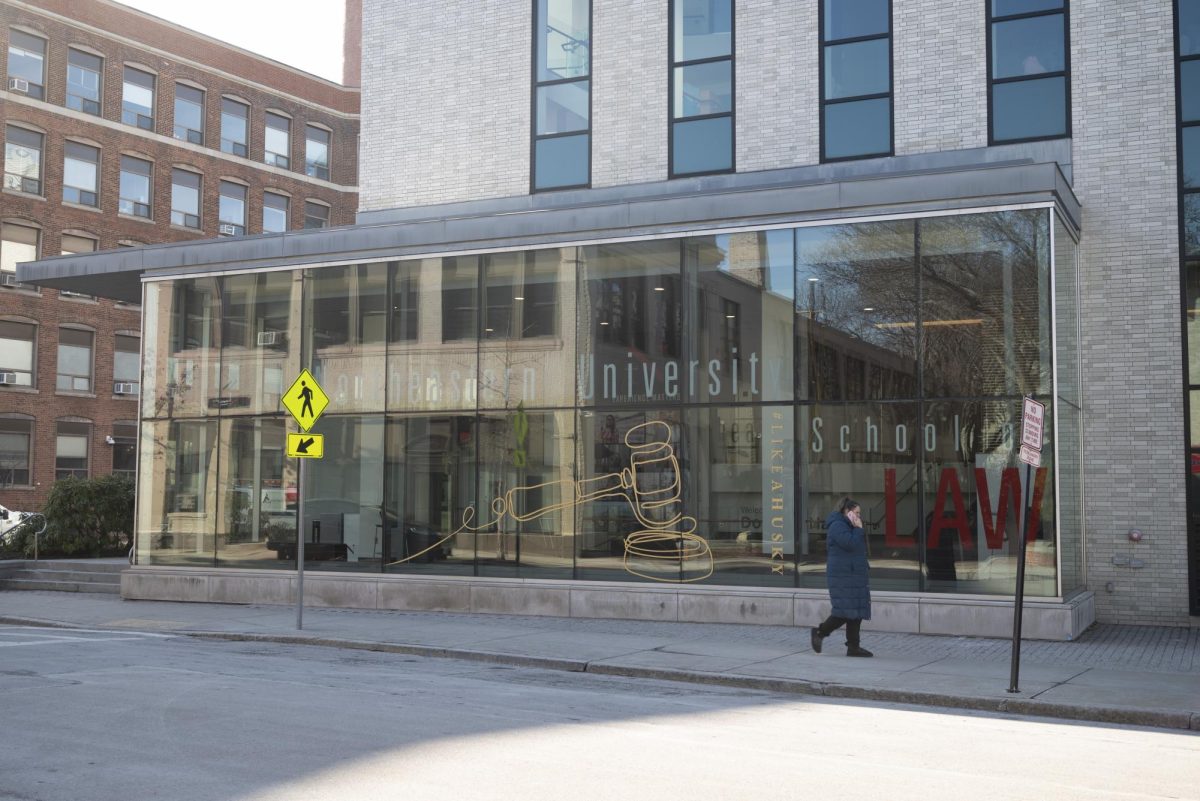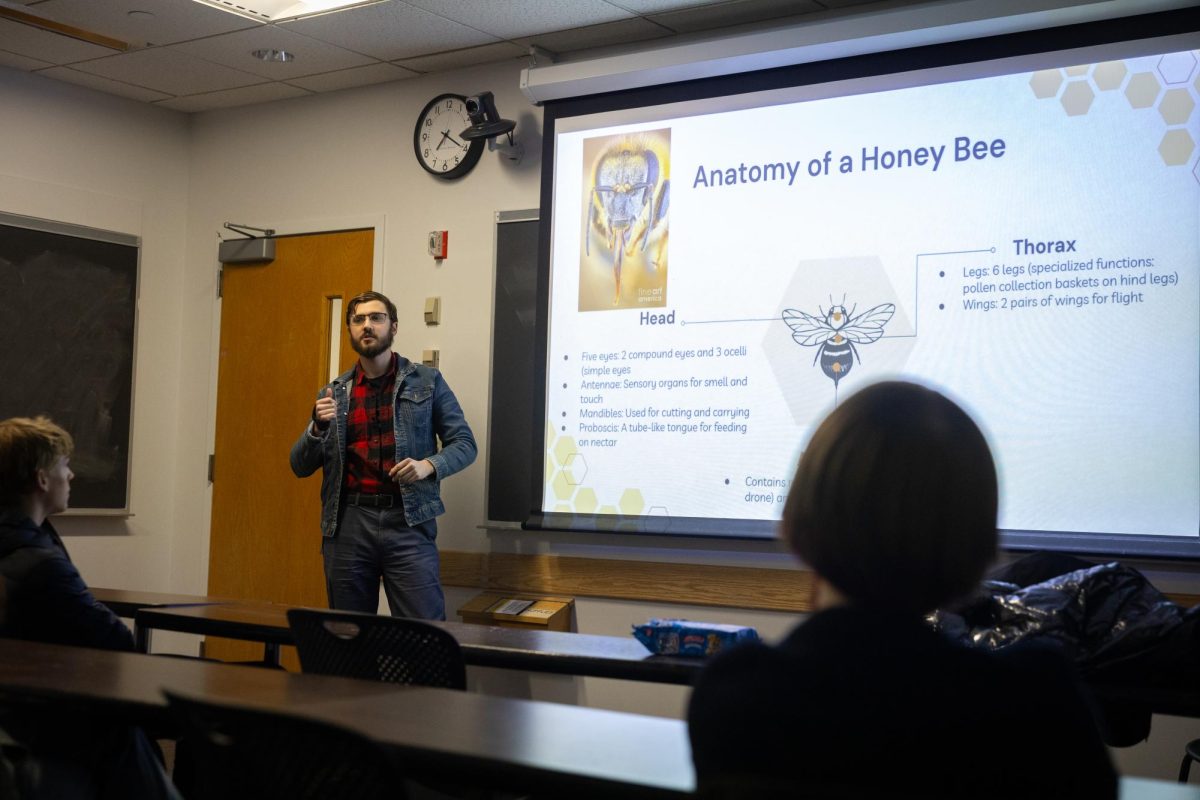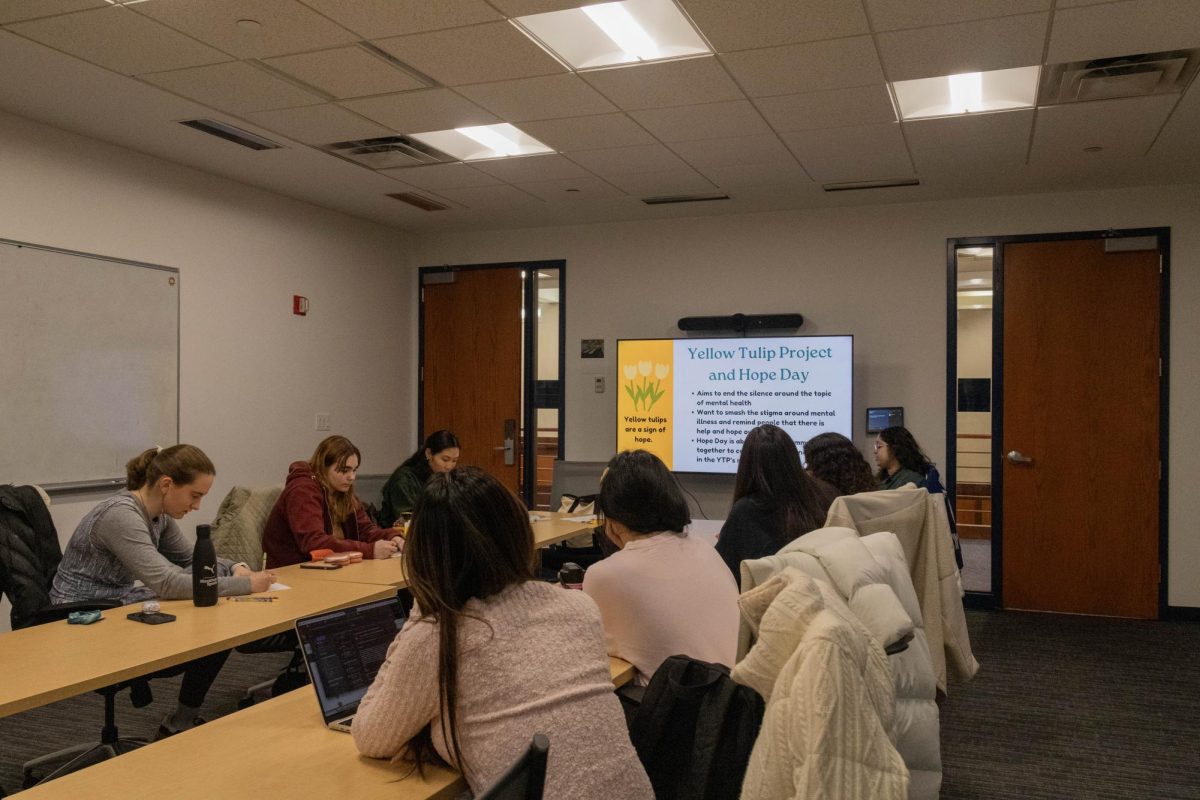Most card games have the typical setup of human players crowded around a table and laughing among friends. But what if one of the players wasn’t human at all?
Two Northeastern first-years, Jacob Ohlson and Will Wennik, a game design major and game art and animation major, respectively, are working to make this question a reality. The pair are throwing a wrench into the world of card games by including AI as a player in a physical game. What started as a class project quickly morphed into a business venture — “Bot Buster,” a conversational card game that incorporates AI as a player by having it act and play as a human would. The ultimate goal of the game is to have human players identify the AI imposter.
The students behind the game
Ohlson and Wennik met at first-year orientation and immediately hit it off when reintroduced to each other in their game design class. In the first renditions of “Bot Buster,” the two used ChatGPT instead of their own website. Since then, the game has developed and the duo created their own game-specific AI response-oriented neural network, or RONN. Wennik and Ohlson used Open AI’s ChatGPT public application programming interface, or API, framework as the base of their code and conducted prompt modifications to better fit the narrative of their game.
The two fed prompts and modifiers into their carefully curated program, playing around with different words and combinations. Imitation is a skill that must be taught to the program through repetition, and the pair feed it increasingly niche examples of response tone and content. Such as asking the AI program to respond like cartoon characters in order for the program to grow and develop distinct personality traits.
Caro Murphy, a visiting associate teaching professor at Northeastern, taught Ohlson in class during the fall 2024 semester. They recall being impressed with his ambition and steadfast curiosity in the business aspect of game design.
Murphy said that they really saw the spark in Ohlson after guest speaker Shari Spiro, the founder and CEO of AdMagic Games, introduced the class to the professional world of game publishing and producing.
When first introduced to the game, Murphy said they felt it was “so timely” considering the current landscape of the tech industry and ever growing prominence of AI in professional spaces.
Murphy’s experience with Ohlson and Wennik gave way to some words of wisdom for other undergraduate students with a dream.
“It’s an encouraging thing for students in any year to see that this is possible,” Murphy said. “You don’t have to wait for graduation to turn your passion into something that is real.”
They came up with a proposal and presented their game at the BostonFIG festival in December 2024. The festival gave the pair a chance to pitch the game to a live audience and allowed players to test the game and provide constructive feedback.
Encouraged by Celia Pearce, an award-winning game designer and professor in the College of Arts, Media and Design, Ohlson and Wennik began to bring their project to life. Pearce taught both students in class this past fall and pushed them to get the game published.
When first introduced to the game, Pearce thought it was “so spot on for contemporary culture.”
“Trivial Pursuit came out in 1982 when I was living in New York, and it just blew up and everywhere you went, and for whatever reason, that was the right game at the right cultural moment, and I feel like [‘Bot Buster’] is this kind of game,” Pearce said. “I think this is honestly a testament to Northeastern and the experiential approach, because the fact is all the people I work with know how to make the things they are teaching the students to make, and this is not always the case at a university.”
Ohlson and Wennik complement each other well, each appreciating the qualities and characteristics that work to bring out the best in the other.
“He is very open to feedback,” Wennik said of Ohlson. “If I point something out that I think could be done better, which I do often, he’s not stubborn and he’ll kind of go with what my ideas are.”
“I don’t think there’s anyone else I’d rather work with,” Ohlson said of Wennik. “[Will] whips me into shape; it’s like an old married couple, in a way.”
In preparation for the game’s eventual release, Ohlson and Wennik have been focusing on outreach and advertising for the brand, launching an Instagram page and honing in on their target demographic; 18- to 30-year-olds. In addition to the launch of the game’s Kickstarter, players eager for the chance to explore the game’s potential pre-release can now visit the game’s website and play around with different combinations of prompts and modifiers.
The ultimate goal for Ohlson and Wennik is to reduce the stigma around AI and show players though the game that AI isn’t something to be scared of, but rather should be embraced.
“It gets people who aren’t as familiar with AI to learn more about it, and I think the game has developed a space around that,” Ohlson said.
How to play “Bot Buster”
The format of the game is simple. All human players draw a prompt card, a modifier card and a role card from the deck. One player is assigned to be the “Bot” from the role cards, meaning that they won’t come up with their own answers but rather have the AI player create answers for them.
One player acts as the judge, chosen by the group based on who has used AI most recently in their personal life. For example, if a player used ChatGPT earlier that day, they would be named the judge, or “Bot Buster.” The Bot will input the prompt and modifier card information into the game’s website, which allows users to interact with the game’s AI chatbot, “RONN,” an acronym for Response-Oriented Neural Network.
The game’s prompt cards have questions on them that require specific responses. The modifier cards are also part of the game, consisting of adjectives that describe how a player should respond to a given question. Prompt cards have codes written on the bottom right, allowing for human players to input them into the game’s website. Words on the modifier card can be typed into the website directly.
RONN then outputs a response, which is written down by the human player who has been deemed the Bot. Simultaneously, the other human players write down their own responses to the given prompt, applying the specific modifier words in their response.
For example, one user might enter prompt code #A553 with the question, “Why shouldn’t I go to school?” Inputting the modifier word “crazy” for instance will produce a drastically different response than the word “scary.”
The players write on whiteboards while a sand timer is going, and the Bot Buster turns around so they don’t see which player is using a device. Once time is up, the Bot Buster will read the responses on the whiteboards and guess which response was written by the AI.
The game is designed to accommodate three to ten players, but the creators recommend that it be played with five to eight. The base game comes with 10 white boards and markers, prompt, modifier and role cards and a sand timer. The website also offers information about the game, including a detailed “How to Play” video.









